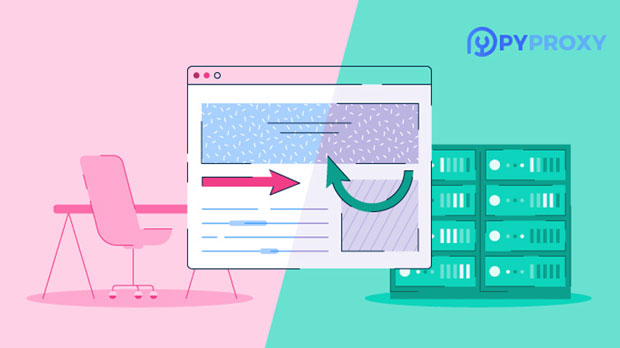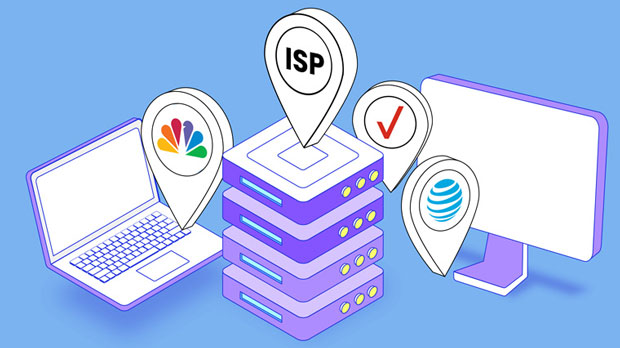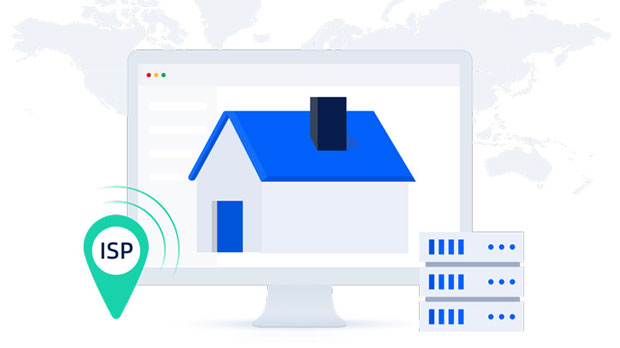How to realize multi-identity protection through proxy server IP address?
In today's digital landscape, online privacy and security have become crucial concerns for individuals and businesses alike. With the increasing number of cyber threats and data breaches, protecting personal and sensitive information has never been more important. One effective way to enhance identity protection is through the use of proxy server IP addresses. By using proxies, users can mask their real IP addresses, thus preventing third parties from tracking their online activities, identifying their location, or accessing private data. In this article, we will explore how proxy servers can provide multi-layered identity protection, and how they work to safeguard personal information from potential cyber threats. What Is a Proxy Server?A proxy server acts as an intermediary between a user’s device and the internet. When a user requests access to a website or an online service, the proxy server forwards that request on their behalf, masking the user’s real IP address and replacing it with its own. This process helps to hide the user’s identity and location, making it harder for external parties to track them.Proxies come in different forms, including HTTP, HTTPS, SOCKS5, and others. Each type offers varying levels of anonymity and encryption, with some being more suited to specific needs, such as secure browsing, bypassing geo-restrictions, or ensuring complete anonymity.How Proxy Servers Protect Your Identity1. Masking Your IP AddressThe most immediate benefit of using a proxy server is the ability to mask your real IP address. Every device connected to the internet has a unique IP address, which can be used to track your online activity, identify your physical location, and potentially access private information. By routing your internet traffic through a proxy server, your real IP address is replaced with that of the proxy, making it impossible for third parties to track your actions directly back to you.This masking process provides an additional layer of privacy and security, particularly when browsing the internet, signing up for online services, or making transactions. It also helps to avoid the risk of your personal information being exposed through IP-based tracking systems.2. Bypassing Geo-restrictions and CensorshipProxy servers can also be used to bypass geo-restrictions and censorship, allowing you to access websites and online services that may be blocked in your region. For example, many streaming platforms, news sites, and social media channels impose geographic limitations on content. By using a proxy server located in a different country, users can mask their location and gain access to region-restricted content.Additionally, proxy servers enable users to avoid government censorship, which is a prevalent concern in certain countries where internet access is heavily monitored and restricted. Through the use of proxies, individuals can access the global internet freely without fear of surveillance.3. Protecting Against Data Collection and TrackingIn the age of digital marketing and surveillance, many companies and advertisers track users' online behaviors through cookies, web beacons, and other tracking technologies. These tools can gather information about your browsing habits, search history, location, and preferences, often for targeted advertising.Proxy servers help to mitigate this issue by masking your IP address and blocking tracking attempts. Some advanced proxies, such as residential proxies, even rotate IP addresses frequently, making it more challenging for websites to collect consistent data on a user. By using proxies, you can minimize your digital footprint and maintain your privacy while browsing the web.4. Enhanced Security When Using Public NetworksPublic Wi-Fi networks, such as those in airports, coffee shops, and hotels, are notorious for being vulnerable to cyberattacks. Hackers can easily intercept unencrypted data and steal personal information from users connected to these networks. By using a proxy server, you can encrypt your internet traffic, ensuring that even if hackers attempt to intercept your data, it will remain protected.In addition, proxies can provide security features such as malware filtering and blocking malicious websites. This helps to prevent users from visiting dangerous websites that could infect their devices with viruses or steal sensitive data.5. Anonymity and Avoiding ProfilingProxy servers can also be used to avoid being profiled by websites or online services. Many websites track your online behaviors to build a detailed profile of your interests, preferences, and buying habits. This profiling can result in targeted ads, personalized recommendations, and even price discrimination based on your browsing history.By using a proxy server, you can disrupt this profiling process. Your actions will appear as if they are coming from different IP addresses, making it difficult for websites to create an accurate profile of you. This not only protects your identity but also helps you avoid the invasive nature of online tracking.How to Use Proxy Servers for Multi-layered Identity Protection1. Combine Different Types of ProxiesFor enhanced identity protection, consider using a combination of different types of proxy servers. For instance, using HTTPS proxies ensures secure connections, while residential proxies add an extra layer of anonymity by using real IP addresses of residential users. Rotating proxies, which frequently change IP addresses, are also useful for preventing long-term tracking.Using multiple layers of proxies can provide additional protection by making it harder for anyone to track or monitor your activities. This is particularly important when engaging in activities that require heightened privacy, such as financial transactions or accessing sensitive information.2. Integrate With VPNs and Tor NetworksWhile proxy servers are effective at masking your IP address, combining them with a Virtual Private Network (VPN) or the Tor network can offer even stronger privacy protections. VPNs encrypt all internet traffic, adding a layer of security on top of the proxy server. Similarly, Tor routes traffic through a series of volunteer-operated servers, further anonymizing the user’s online presence.By using proxies in conjunction with VPNs or Tor, users can ensure multiple layers of encryption and anonymity, making it nearly impossible for anyone to trace their online activities.3. Regularly Change ProxiesTo maximize protection, it's crucial to regularly rotate or change proxies. This prevents any one IP address from being associated with your online actions for extended periods of time. Many proxy services offer automatic rotation, which ensures that your online activity is always associated with a different IP address, adding a layer of unpredictability to your browsing behavior.ConclusionIn an increasingly connected world, protecting your identity and privacy online is more important than ever. By leveraging proxy servers, users can benefit from enhanced security, anonymity, and the ability to bypass geographical restrictions. When used effectively, proxies can form the foundation of a robust privacy strategy, enabling individuals to protect their personal information and maintain control over their online presence. Combining proxies with other privacy tools such as VPNs or Tor can further enhance the layers of protection, providing a truly multi-faceted defense against cyber threats and identity theft.
2025-01-26

























































